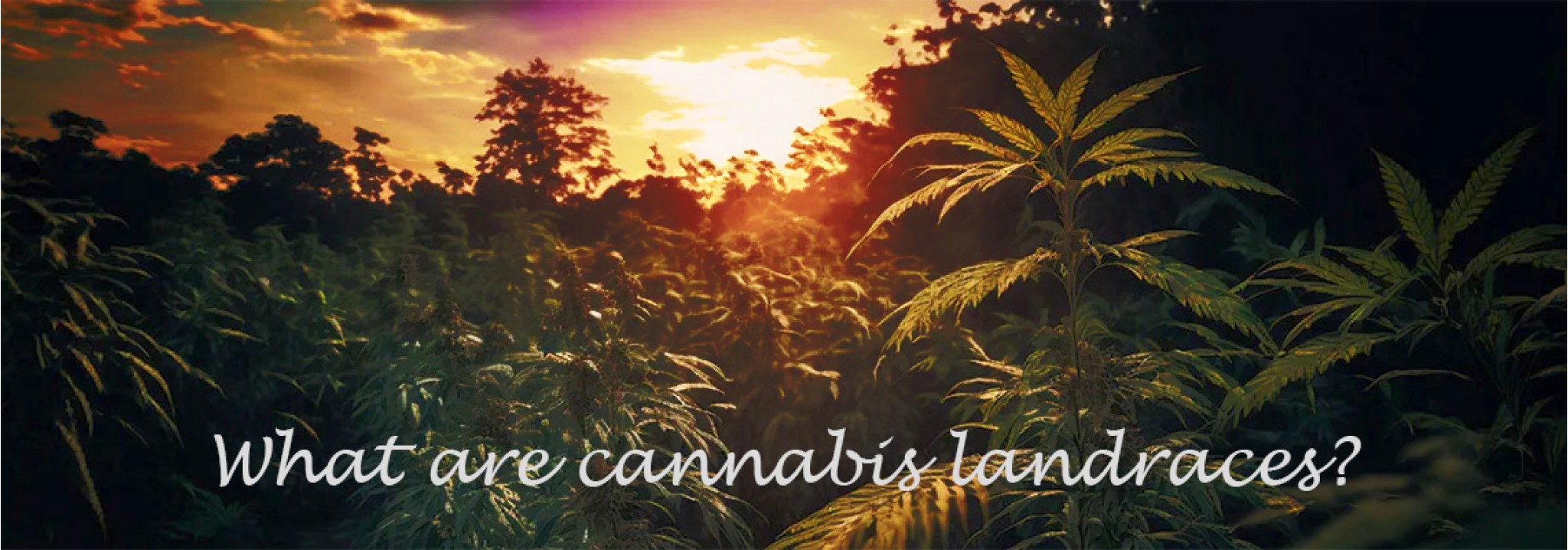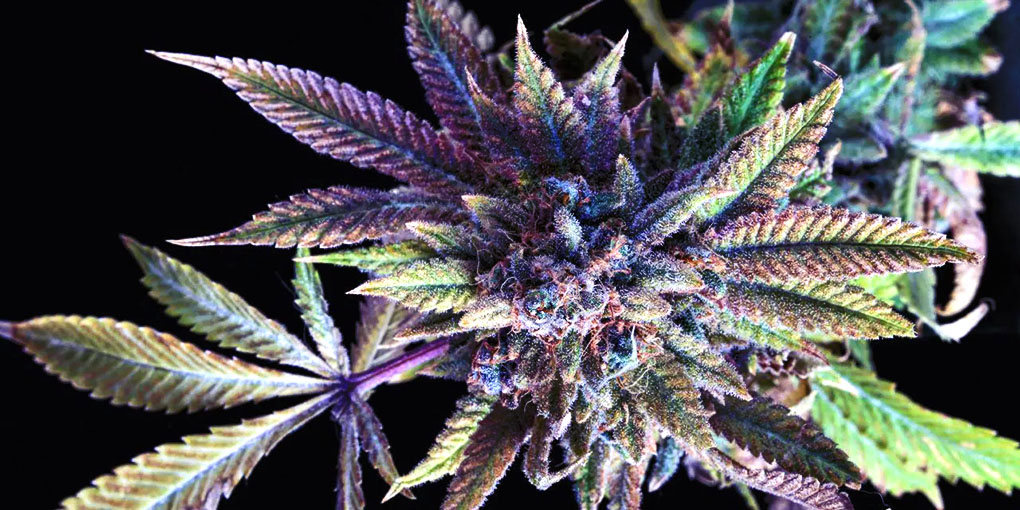
What are cannabis landraces?
The modern world of cannabis has many different varieties that have emerged through breeding and crossbreeding. However, all modern varieties come from so-called landraces, the original plants with unchanged genetics that have been preserved for centuries. These natural strains have not been mixed with others and have evolved under the conditions characteristic of their native regions.
Marijuana landraces: origin and characterization
Landraces in cannabis breeding are natural varieties that have evolved in a natural geographical environment without human intervention. They have not been hybridized with other species, allowing them to retain their unique and authentic genetics. These plants have been domesticated by different peoples and adapted to a variety of climatic conditions, making them an important basis for the development of modern hybrid varieties.
For example, well-known landraces include the following varieties:
- Acapulco Gold from Mexico;
- Hindu Kush from Afghanistan;
- Colombian Gold;
- Durban Poison from South Africa;
- Malawi Gold.

Genetic purity and adaptation to the environment
True Landraces stand out for their genetic purity - the result of centuries of isolated cultivation in specific regions. As a result, they have retained unique genetic characteristics that are valued and actively used in modern breeding.
These natural varieties have adapted to specific natural conditions, developing defenses against local pests, diseases and climatic changes. For example, landraces from mountainous regions are highly resistant to cold and sudden temperature changes, while tropical varieties are characterized by a long flowering period and higher THC levels.
Influence of terroir and the unique properties of landraces
Like famous wines, cannabis landraces derive their individual qualities from terroir - a combination of soil, climate and other natural factors. This is what shapes the unique flavor, aroma, and effect of each variety. This is why some landraces have a rich woody and resinous bouquet, while others have more fruity and sweet notes.
Landraces: strain variation by region
Landrace varieties come from different parts of the world, each imposing a different imprint on the genetic and chemical properties of the plant.
- Afghan and Hindu Kush are varieties developed in the mountainous regions of Afghanistan and Pakistan. They are characterized by powerful, relaxing effects and strong resinous buds that are used for hashish production.
- Durban Poison is a variety from South Africa characterized by an invigorating, stimulating effect that is often used by creative people.
- Acapulco Gold and Colombian Gold are more active, euphoric varieties from Central and South America.

History and current significance of landrace strains
Cannabis was first domesticated over 10,000 years ago in the Hindu Kush mountains, from where it spread around the world. These local strains of cannabis eventually became the basis for the modern hybrids that are popular today. In the 1960s and 70s, breeders began actively crossbreeding landrace strains to create original hybrids such as Chemdawg and Skunk #1.
While landrace strains still exist, they are becoming increasingly rare as most modern cannabis strains are hybrids. Today, their genetics serve as an important source for creating new varieties, as well as preserving the heritage of ancient cultures that have grown and used cannabis for centuries.
Conclusion
Landrace strains are a living legacy of cannabis history. These strains are unique plants that have adapted to natural conditions and preserved their genetics over the centuries. Their use in modern breeding projects helps to preserve genetic diversity and pass on a rich cultural heritage to future generations.

